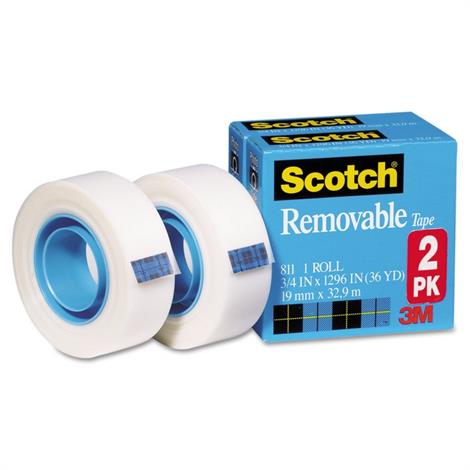

Led by physicist Seth Putterman at the University of California, Los Angeles (UCLA), the researchers are now developing what they hope will be a cheap, simple source of x-rays for clinical imaging. Now researchers have shown that rapidly unwinding a roll of Scotch tape inside a vacuum generates not only visible light but also enough x-rays to image a human finger. The production of light by some materials when under friction or pressure, a phenomenon called triboluminescence, has been known for centuries, mostly as a novelty. Subscribe now.When you bite down on wintergreen-flavored LifeSavers candies in the dark, they glow. This article appears in the December 2016 issue. No, you should not craft your own mummylike barrier of Scotch tape to use as birth control.

Styrene acrylic is like the acrylate adhesive but stickier polyurethane is the main ingredient in some wood finishes and latex-free condoms. One of these coatings probably helps keep the adhesive stuck to the film so the two don’t just separate when your kid is yanking off that wrapping paper.

Regardless, the formula is engineered so that the tape unrolls smoothly and quietly-none of those skreeeck noises that packing tape makes. Of course, 3M won’t say what’s in it, but silicone is a usual suspect: It doesn’t really attract other materials, thanks to the stable methyl groups that give it low molecular surface energy. To prevent the tape from sticking to itself when it’s rolled up, companies apply a release coating to the nonsticky side. Tape makers coat the cellulose film with the adhesive-water cocktail, and when the H 2O evaporates, it leaves a layer of gluey goo that’s usually 20 microns thick. There’s no water in the tape itself, but water is likely used during manufacturing: The acrylics need to link into chains to form the adhesive, and that often happens in water or another solvent. Cellulose acetate goes way back: It’s been used for a century as film for photographs and movies. The process swaps out hydrogens in the cellulose for acetyl groups, which allows the hardy polymer to be dissolved and extruded into a translucent strip that’s strong and water- resistant yet able to be torn off by hand while you’re lovingly (or hastily) wrapping those holiday gifts. Typically it’s extracted from cotton or wood and treated with acetic acid, the chemical that makes vinegar vinegary. It starts as cellulose, a long, tough, glucose-laced polymer that gives plants their structure. The “invisible” film that we know as tape. So we did our own research on what likely makes 3M’s tape stick. His work eventually led to today’s Scotch Magic tape, and 3M has kept a tight seal on the recipe for its sandwich of polymers and carefully engineered chemicals ever since. In 1929 he was struggling to create a clear tape for meat-packers and candymakers-the cellophane kept ripping and warping near heat, and the adhesive wouldn’t stick evenly. The magic all started with Richard Drew, a scrappy banjo-playing researcher at 3M. Maybe your ungrateful family doesn’t value all the thought and care you put into wrapping gifts, but that Scotch tape you’re using is the true underappreciated workhorse: It’s ubiquitous, immensely useful, and largely unrecognized as the modern chemical engineering marvel it is.


 0 kommentar(er)
0 kommentar(er)
